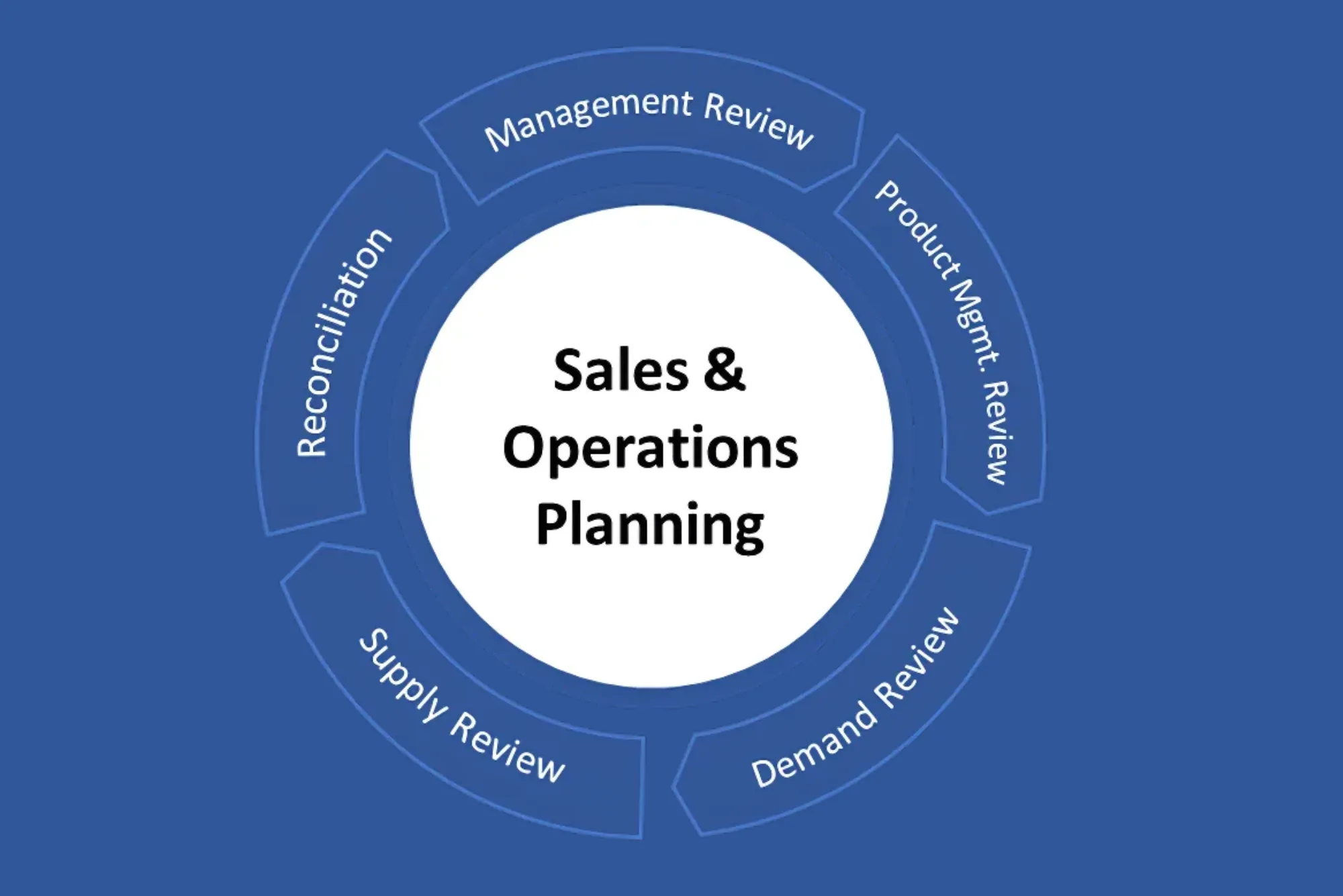Horse racing betting is an exciting way to engage with one of the oldest and most thrilling sports in the world. For beginners, however, the world of horse racing betting can seem daunting, filled with complex terms, odds, and strategies. This comprehensive guide will walk you through the essentials of how to start horse racing betting, empowering you with the knowledge to make informed decisions and enjoy the sport responsibly. Whether you’re at the track or betting online, this article covers everything you need to know to get started.
Understanding Horse Racing Betting
Before diving into horse racing betting, it’s crucial to understand the basics. Horse racing betting involves predicting the outcome of a race and placing a wager on your prediction. Bets can range from simple predictions, like which horse will win, to more complex wagers involving multiple horses and races. The key is to understand the types of bets, odds, and factors that influence a horse’s performance.
Types of Bets
Here are the most common types of bets in horse racing betting:
Win: You bet on a horse to finish first. This is the simplest and most popular bet.
Place: Your horse must finish first or second.
Show: Your horse must finish in the top three.
Exacta: You pick two horses to finish first and second in the exact order.
Trifecta: You select three horses to finish first, second, and third in the correct order.
Each-Way: A combination of a win and place bet, offering a payout if your horse finishes in the top positions.
Understanding these options is the first step to building confidence in horse racing betting. Start with simpler bets like “win” or “place” before exploring exotic bets like exactas or trifectas.
Setting Up for Success
To start horse racing betting, you’ll need to prepare. Here’s how to set yourself up for a rewarding experience:
1. Choose a Betting Platform
You can place bets at a racetrack, through an off-track betting (OTB) facility, or via an online betting platform. Online platforms are convenient for beginners, offering access to races worldwide, live streams, and user-friendly interfaces. Popular platforms include TwinSpires, Bet365, and TVG. Ensure the platform is licensed and reputable to protect your funds and personal information.
2. Create a Budget
Responsible betting is essential. Set a budget for how much you’re willing to spend on horse racing betting and stick to it. Treat betting as entertainment, not a way to make money. A good rule of thumb is to only wager what you can afford to lose. For example, start with a monthly betting budget of $50–$100 and adjust as you gain experience.
3. Learn the Terminology
Familiarize yourself with key terms like “furlong” (a unit of distance, about 1/8 of a mile), “handicap” (a system to level the playing field), and “odds” (the likelihood of a horse winning). Understanding these terms will help you read race programs and make informed decisions.
Researching Horses and Races
Success in horse racing betting relies on research. While luck plays a role, informed bettors use data to improve their chances. Here’s what to consider:
1. Study the Form Guide
The form guide, available at tracks or online, is your go-to resource. It provides detailed information about each horse’s past performances, including:
Recent Results: Look at the horse’s finishing positions in previous races.
Jockey and Trainer: Experienced jockeys and trainers often improve a horse’s chances.
Track Conditions: Some horses perform better on dirt, turf, or wet tracks.
Distance: Check if the horse has a history of success at the race’s distance.
2. Analyze the Odds
Odds reflect the probability of a horse winning and determine your potential payout. For example, a horse with 3/1 odds means you’ll win $3 for every $1 wagered if the horse wins. Lower odds (e.g., 1/2) indicate a favorite, while higher odds (e.g., 10/1) suggest a longshot. Balancing risk and reward is key—favorites are safer but offer smaller payouts, while longshots are riskier but more lucrative.
3. Consider External Factors
Weather, track conditions, and the horse’s health can impact performance. For instance, a horse that excels on a dry track may struggle in the rain. Check the weather forecast and track reports before placing your bet.
Developing a Betting Strategy
A solid strategy separates casual bettors from those who bet with purpose. Here are some beginner-friendly strategies:
1. Start Small
As a beginner, focus on simple bets like “win” or “place.” These bets are easier to understand and have a higher chance of success. As you gain confidence, experiment with exotic bets to diversify your approach.
2. Bet on Favorites
Favorites win about 30–40% of races, making them a safer starting point. While payouts are smaller, betting on favorites helps you build experience without significant risk.
3. Use a Betting System
A betting system provides structure. For example, the “Dutching” system involves betting on multiple horses in the same race to increase your chances of winning. Use online calculators to determine stake amounts for each horse based on their odds.
4. Keep Records
Track your bets, including the horse, race, wager amount, and outcome. This helps you identify patterns, refine your strategy, and stay within your budget.
Avoiding Common Mistakes
Beginners often make mistakes that can lead to frustration. Here’s how to avoid them:
Chasing Losses: Don’t increase your bets to recover losses. Stick to your budget.
Ignoring Research: Betting based on a horse’s name or colors is fun but unreliable. Always research.
Overcomplicating Bets: Avoid complex bets like trifectas until you’re comfortable with the basics.
Legal and Responsible Betting
Before you start, ensure horse racing betting is legal in your jurisdiction. In the U.S., for example, betting is regulated by state laws, and online platforms must comply with local regulations. Always bet responsibly by setting limits and recognizing when to take a break. Resources like Gamblers Anonymous can provide support if you feel betting is becoming problematic.
Tools and Resources for Beginners
Enhance your betting experience with these tools:
Betting Apps: Apps like TwinSpires offer live odds, race replays, and betting tips.
Form Guides: Websites like Daily Racing Form provide detailed race information.
Betting Calculators: Use online tools to calculate potential payouts and manage your stakes.
Getting Started: Your First Bet
Ready to place your first bet? Follow these steps:
Choose a Race: Select a race from your platform or track’s schedule.
Research: Use the form guide to pick a horse with a strong chance of winning.
Place Your Bet: Decide on a bet type (e.g., win or place) and wager amount.
Watch the Race: Enjoy the thrill of the race and track your horse’s performance.
Review: Win or lose, analyze the outcome to improve your next bet.
The Thrill of Horse Racing Betting
Horse racing betting combines strategy, research, and excitement. By starting with a clear plan, a modest budget, and a commitment to learning, you can enjoy the sport while minimizing risks. As you gain experience, you’ll develop a deeper appreciation for the nuances of horse racing and the satisfaction of making informed bets.
Start small, stay informed, and most importantly, have fun. With practice, you’ll be navigating the world of horse racing betting like a seasoned pro.










